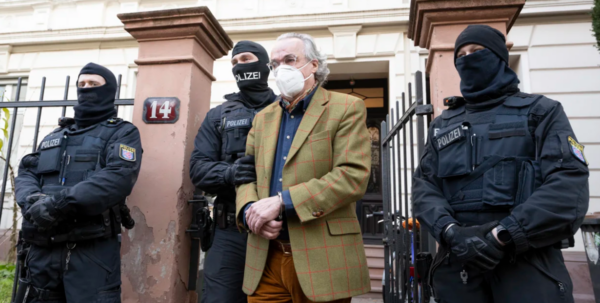Justice Ruth Bader Ginsburg, an advocate for women’s rights whose death before the 2020 election caused the Supreme Court to grow more conservative, will be honored on Friday with ceremonies at the court.
Ginsburg, who served as a judge for 27 years and was the second female member of the Supreme Court, will be remembered by some of the young attorneys who spent a year at the court working for her as law clerks. The group consists of Elizabeth Prelogar, the administration’s solicitor general and chief Supreme Court attorney, as well as a number of judges and academics.
The rituals, which are officially a meeting of the Supreme Court Bar followed by a special session of the court, are a tradition at the high court after the death of a justice, dating back to 1822. The court will broadcast the meeting beginning at 1:45 p.m. EDT on its website.
Ginsburg’s passing just over six weeks before the 2020 election had a profound impact. That enabled then-President Donald Trump to replace the liberal justice with a conservative, Justice Amy Coney Barrett, and gave the conservatives a 6-3 majority on the bench. Barrett was among the judges who voted to overturn Roe v. Wade and eliminate constitutional safeguards for abortion last year, rights that Ginsburg had supported as a justice.
Before to becoming a judge, Ginsburg won five of the six cases she argued before the Supreme Court in the 1970s as an advocate for women’s rights. In 1993, President William Clinton named her to the Supreme Court.
As the court’s most senior liberal, she became a hero, particularly among young women, and gained the moniker “Notorious RBG.” She was renowned for her collection of judicial collars, lace, and beaded adornments that she wore over her robe. She was also an ardent advocate of exercise and routinely worked out with a personal trainer, who published a book in 2017 on her training program.
Ginsburg fought multiple public bouts with cancer throughout the years. She died at age 87 due to complications from pancreatic cancer that had spread. She made history as the first woman to lay in state at the United States Capitol after her death.


